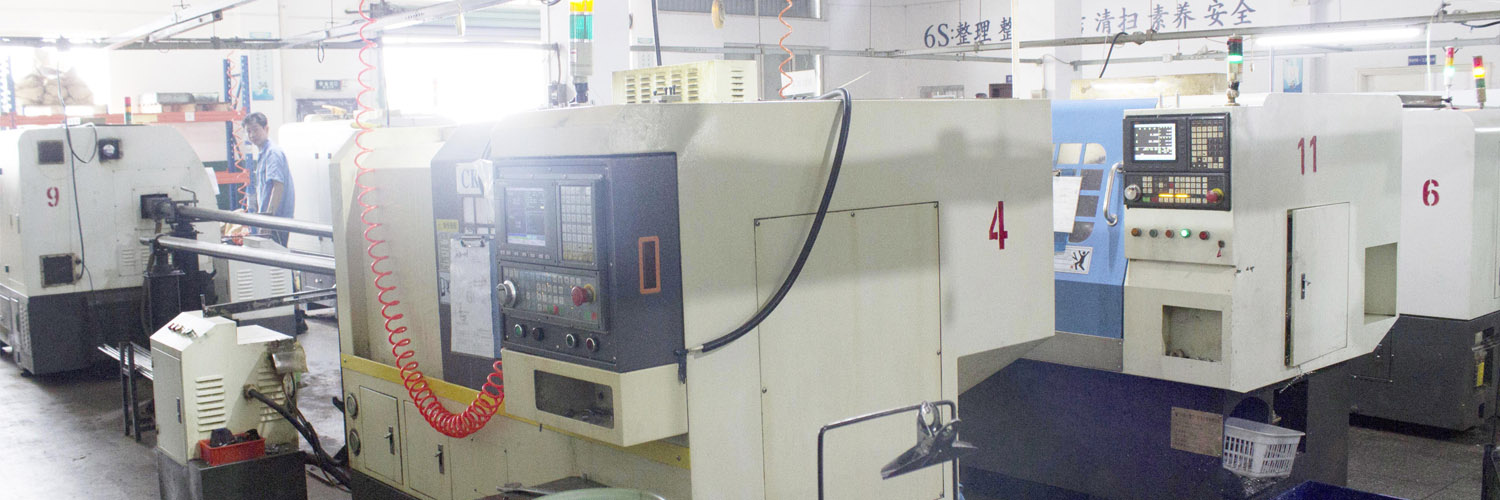
OUR CAPABILITIES
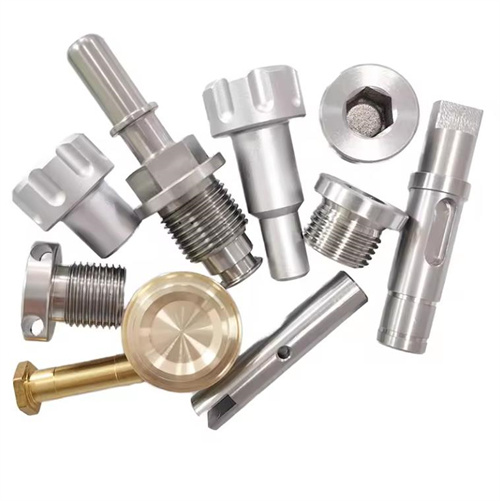
CNC Turned Parts
CNC Turned Parts are parts that are machined using a computer numerical control (CNC) lathe. This processing method mainly utilizes turning tools to perform turning on rotating workpieces, in order to achieve predetermined shapes and sizes. On the lathe, other tools such as drill bits, reamers, taps, dies, and knurling tools can also be used for further processing.
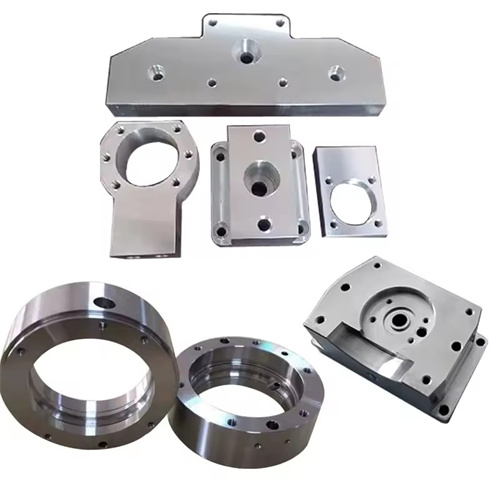
CNC Machined Parts
CNC Machined Parts are made by CNC Machined lathe which is very flexible and can adapt to the machining requirements of different shapes and sizes of parts by modifying the machining program. This enables CNC machine tools to process various complex parts without the need for machine tool replacement or tool adjustment
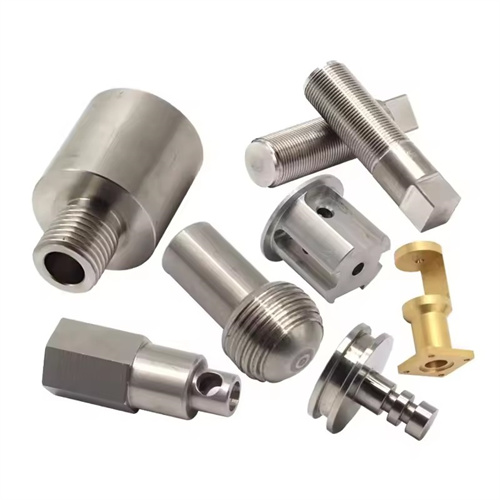
CNC Turned Components
CNC Turned Components can achieve high machining accuracy, generally reaching the accuracy level of IT11-IT7. The surface roughness Ra can reach 12.5-0.8um. CNC Turning is a method of cutting workpieces on a lathe through the rotational motion of the workpiece and the linear or curved motion of the tool.
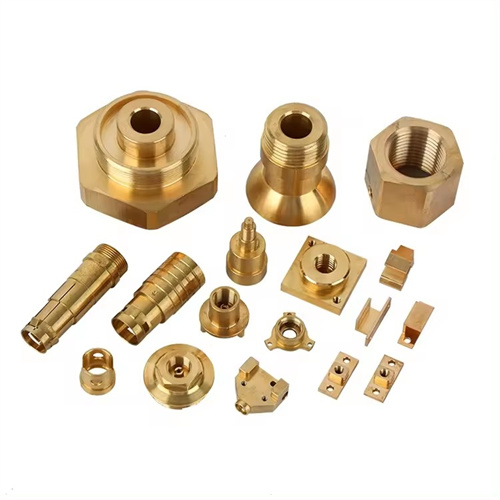
Bolts And Nuts
We produce bolts and nuts of various specifications and materials, which are widely used in industries such as automotive, machinery, construction, and electronics. We can provide high-precision and high-strength fastener solutions according to customer needs, whether it is standard parts or non-standard parts.

CNC Turned Parts Manufacturer
We are a leading component manufacturing enterprise located in China, focusing on providing customers with high-quality products such as bolts and nuts, CNC machined parts, CNC turning components, CNC turning parts, and precision turning parts. With advanced production equipment, strict quality management system, and professional technical team, we are committed to providing precise, reliable, and efficient manufacturing solutions for global customers.We have over 20 years of experience in precision hardware machining production, have introduced various advanced production equipment and technologies, and have passed the quality management system certification ISO9001:2008 and environmental protection system ROHS certification.
We mainly produce 304,303 stainless steel, aluminum alloy, brass, iron and other materials, and have rich experience in customizing non-standard parts. The precision hardware produced by Turned.Parts are mainly used for LED lighting equipment, electrical equipment, bathroom heating, baby strollers, automotive parts, electronic appliances, medical equipment, toys, etc.
CNC Turned Parts
Our automatic turned parts lathe can achieve fully automatic processing, reduce labor costs, and improve production efficiency. More complex turning parts can be produced automatically using CNC machining machines with robotic arms, greatly reducing labor costs.
CNC Turned Parts is a high-precision and high-efficiency machine method that can perform precise turning of workpieces according to pre programmed instructions. Mainly using turning tools for turning rotating workpieces. In addition, the lathe can also be used in conjunction with drill bits, reamers, taps, dies, and knurling tools for corresponding processing. CNC lathe machining is mainly used for machining shafts, discs, sleeves, and other workpieces with rotating surfaces.
Our company is equipped with multiple high-precision CNC lathes, machining centers, and comprehensive testing equipment, which can achieve full process control from raw materials to finished products. Our production line covers various processes such as turning, milling, drilling, tapping, etc., ensuring that every product meets the highest standards. In addition, we also have a professional technical team that can provide customers with one-stop services from design optimization to production and manufacturing.

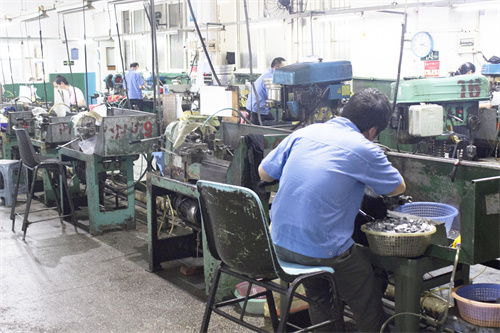
More Services for CNC machining
We also provide follow-up processing for CNC machining, such as tapping, drilling, etc., which are crucial for improving the quality and accuracy of the workpiece.
1. Tapping (tapping): Tapping is a mechanical machining method that produces internal threads on a workpiece. According to the thread specifications, pre drill bottom holes with a diameter typically 0.1 to 0.2 millimeters larger than the minor diameter of the thread. Install the tap on the tapping machine and machine the thread on the bottom hole through the rotation and feed of the tap.
2. Drilling: Drilling is the process of machining circular holes on a workpiece. Fix the workpiece on the drilling machine workbench to ensure that the surface of the workpiece is flat and accurately positioned. Start the drilling machine, rotate the drill bit at a certain speed and feed rate, and feed it downwards to form a hole.
OUR SERVICES
Custom Turning
We specialize in producing various high-precision turning parts, including shafts, sleeves, connectors, threaded parts, etc. We provide customized turning part services and produce parts that meet special specifications and performance requirements based on customer design drawings or specific needs. Whether it's small-scale trial production or large-scale production, we can meet the personalized needs of our customers.
Material Selection
We provide customers with various material turning services for different application scenarios and performance requirements. Common materials include various types of steel (such as carbon steel, alloy steel, stainless steel, etc.), non-ferrous metals (such as aluminum, copper, titanium alloys, etc.), plastics (such as nylon, polytetrafluoroethylene, etc.), and special alloy materials.
Surface Treatment
In addition to basic turning machining, a range of surface treatment services can also be provided to improve the appearance, corrosion resistance, wear resistance, and other properties of parts. Common surface treatment processes include electroplating (such as galvanizing, nickel plating, chrome plating, etc.), anodizing, painting, passivation, etc. Choose the appropriate surface treatment method according to the specific requirements of the customer.
One-Stop Service
We also provide multi process integrated services such as milling, drilling, tapping, and grinding, providing customers with one-stop machining solutions. This integrated service not only improves production efficiency, but also ensures the overall accuracy and consistency of parts. Our technical personnel will provide you with full support throughout the entire project, from product design, to sampling, to mass production later on.
Manufacture
Turning Of Cast Nickel-Based High-Temperature Alloy Channel Rollers
Turning Of Cast Iron Cross Joints
Turning Of Eccentric Sleeves At Both Ends Of Cast Iron
Turning Of Large Diameter Inner Sphere Of Cast Iron
Grinding Allowance Of Shaft And Sleeve Parts
Processing Technology Of Bracket Sleeve
Turning Eccentric Workpieces On A Self-Centering Chuck
OUR CERTIFICATES
